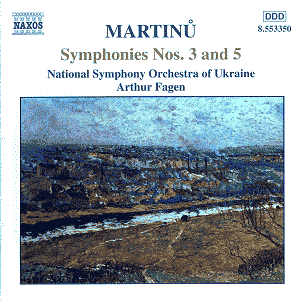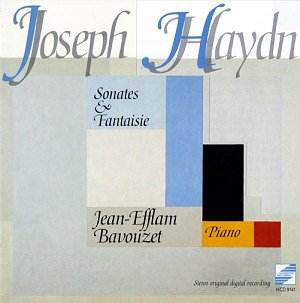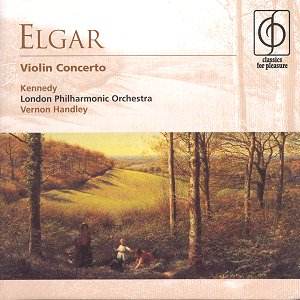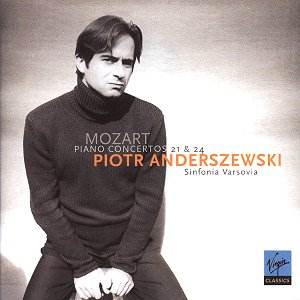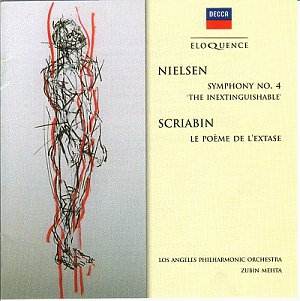 Composer: Carl Nielsen
Composer: Carl Nielsen
Works: Symphony No. 4, FS76 (Op. 29) ‘The Inextinguishable’; Poem of Ecstasy, Op. 54
Performers: Los Angeles Philharmonic Orchestra/Zubin Mehta
Recording: 1967 (Scriabin), 1974 (Nielsen)
Label: Decca
Carl Nielsen’s Symphony No. 4, subtitled ‘The Inextinguishable,’ emerges from a turbulent period in European history, composed during and immediately after World War I. This symphony stands as a testament to Nielsen’s belief in the enduring spirit of humanity, a theme underscored by the work’s vibrant orchestration and dynamic contrasts. The juxtaposition of this piece with Alexander Scriabin’s Poem of Ecstasy, both chronologically contemporaneous, creates a fascinating dialogue between the two composers’ divergent expressions of vitality and existential struggle.
Zubin Mehta’s reading of Nielsen’s Fourth Symphony is exceptional, demonstrating a deep understanding of the work’s structural complexities and emotional depth. From the very outset, the Los Angeles Philharmonic’s sound is strikingly immediate, the opening burst of energy delivered with a visceral force that captures Nielsen’s fiery originality. The orchestral forces under Mehta are unleashed with palpable vigor, yet as the music subsides, one cannot help but appreciate the clarity and precision of the woodwinds, particularly the clarinet’s third intervals at around 1:28, which are articulated with an exquisite lyrical phrasing that enhances the thematic development.
The symphony unfolds without pause, transitioning seamlessly from the tempestuous first movement into the serene pastoral interlude of the second. Here, the Los Angeles woodwind section excels, their playing imbued with a gentle lyricism that serves as a poignant counterpoint to the preceding agitations. Mehta’s interpretation shines particularly in the slow movement, where the strings deliver a long arch of melody with sumptuous richness. The eerie episode around 4:38, marked by avian-like motifs from the oboes and clarinets, is handled with an unsettling beauty, effectively conveying the work’s underlying tension and unpredictability.
The finale, characterized by its vigorous timpani exchanges, encapsulates the symphony’s overarching theme of resilience. Mehta expertly manages the tempo in the coda, broadening it just enough to evoke a triumphant resolution that feels hard-won. The recording, dating from 1974, is notable for its full-bodied and detailed sound, allowing the intricate interplay of the orchestral textures to come through with impressive clarity.
Scriabin’s Poem of Ecstasy, though stylistically distinct, complements Nielsen’s work through its own exploration of ecstatic emotion and chromatic richness. The performance is a fervent display of the orchestra’s capabilities, with Mehta’s direction bringing out the lush orchestration and the post-Wagnerian harmonic language that defines Scriabin’s oeuvre. The recording, despite its 1967 origins, possesses remarkable clarity, outshining more recent efforts, such as Mikhail Pletnev’s recording, which suffers from muddier bass and uneven microphone placement.
This re-issue, with its budget-friendly price and superior sound quality, merits serious consideration for enthusiasts of both composers. The accompanying notes by David Hurwitz provide insightful context, enhancing the listening experience. The performances captured here, vibrant and nuanced, reaffirm Mehta’s stature as a conductor who thrives in the rich textures of the orchestral repertoire, particularly during this prolific period with the Los Angeles Philharmonic. The combination of Nielsen’s robust humanism and Scriabin’s ecstatic yearning creates an enriching auditory experience that resonates long after the final notes fade.
